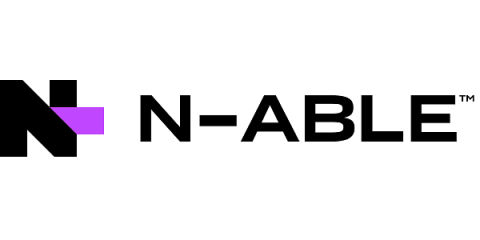Operations | Monitoring | ITSM | DevOps | Cloud
Latest News
Securing the Enterprise from VoIP Network Attacks with Analytics
Voice over IP (VoIP) technologies and solutions have been widely adopted by consumers, businesses and service providers since the mid-2000s, but the rising popularity of remote work means businesses of all sizes are even more rapidly turning to VoIP for voice calls.
From logs to insights: Using Firewall Analyzer to monitor Squid proxy activity
Squid proxies are among the most popular open-source proxy servers preferred by companies across the globe to keep their networks safe and boost performance. Since Squid proxy’s release in 1996, companies have preferred it for its high-performance proxying, forwarding, and caching functions. Squid proxy logs contain information about the HTTP traffic passing through a server. This includes the source IP, destination IP, time of the request, and accessed URL.
Eliminating the Monitoring Blind Spots Introduced by ISP Networks
ISP networks are the connective tissue for most business traffic today. Are your network monitoring capabilities aligned with this new reality? This post examines why it’s so critical to establish visibility into ISP networks, and offers key tips for success.
Defined and Explained: IT Infrastructure Monitoring
Modern IT environments and networks are more complicated and distributed than ever before, spanning public clouds, private clouds, edge locations and on-premise data centers. What once worked well—manual or simple monitoring tools—can no longer ensure end-to-end visibility within complex networks. How can you monitor what you can’t see? Fortunately, you now have access to a new generation of monitoring tools designed for the hybrid network.
Mind Your MANRS: A Safer Internet Through Secure Global Routing
We access most of the applications we use today over the internet, which means securing global routing matters to all of us. Surprisingly, the most common method is through trust relationships. MANRS, or the Mutually Agreed Norms for Routing Security, is an initiative to secure internet routing through a community of network practitioners to facilitate open communication, accountability, and the sharing of information.











